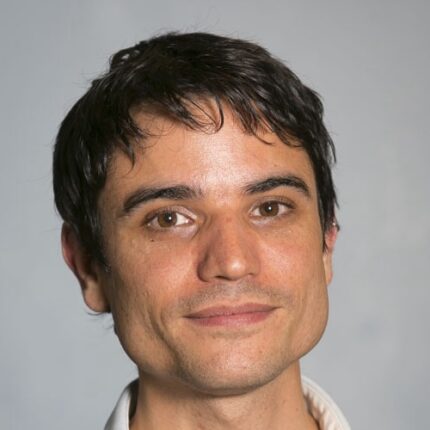The concept of “undermatch” – students attending courses that are less selective than might be expected given their academic attainment – has divided opinion.
Should the possibility of better outcomes mean we attempt to channel students towards courses where they will have similar attainment to their peer group? Or is this a reductive and potentially damaging approach? To answer this question, we need to work directly with teachers and students to see what using undermatch analysis can achieve on the ground.
Plug in and play
My organisation, Causeway Education, has teamed up with Gill Wyness and Lindsey Macmillan at UCL, two of the academics behind the original study on undermatch, on a pilot to help them plug their methodology directly into a small number of schools.
From analysing previous cohorts’ higher education choices and destinations alongside attainment, the team at UCL have identified the types of students in each school who typically undermatch. In some schools, it was girls on free school meals, in others it was high-attainers, particular ethnic groups or combinations of these factors.
The researchers also analysed key decision points: were students not selecting matched courses within their five choices; were they selecting them but not getting offers; were they getting offers but not accepting them; or was something else at play? Understanding this highlights the interventions required.
A key trend identified across all schools was for students to shortlist an ambitious, highly “overmatched” offer, then select a very undermatched offer as their back-up. In many cases, they would miss the grades for their first choice and consequently end up undermatching. What we were seeing was certainly not a lack of “aspiration”, but instead a lack of informed tactics.
Striking a match
Some fascinating insights on peer group effects have also come to light. A close look at national UCAS data shows that applicants are more likely to apply to universities when a higher share of students from their school attended or applied in the previous year.
Applicants with multiple offers are also more likely to select an offer as their firm choice when a higher share of students from their school attended or applied to that university in previous years. This often means they do not choose their most selective offer as their firm choice, if their second most selective offer happens to be from a university attracting high numbers from their school. These trends are even stronger for students if peers of the same ethnicity or gender as them from their school attended a given university.
These insights provided the opening for the launch workshop of our pilot. The participants shared the characteristics of those most likely to undermatch in that particular school, and we were upfront about this with them. They were highly motivated by the big-picture information, and we took this further by drilling into their latest thinking on specific course choices.
Armed with a simple Excel lookup tool provided by the team at UCL, we were able to tell each student what attainment percentile they sat in nationally, then check individual courses they were considering to see how closely these aligned with this rank. This led to small shifts in intentions (led by the students) rather than radical rethinks of their choices. We set each student up with a mentor who has been working with them since, to help support through the process of both applying and responding to offers. As it stands, all now look set to progress to “matched” courses.
Small but precise
I’m still cautious about how we use undermatch, but two things have made me take it very seriously.
Firstly, its impact: female students and those from low socioeconomic status backgrounds are more likely to undermatch, and those who do are then more likely to drop out of their course, more likely to get a lower grade in their degree (below a 2:1), and more likely to earn less in the labour market. Secondly, the appetite we have found among students and their teachers. They want more support with “match” during the course choice process, and I’ve seen the successes they can have when this is provided.
Through our pilot work, we’ve seen that it’s possible to pinpoint undermatch and intervene in small but precise ways to achieve significant impact. We’re now working on systems-focused interventions, supporting schools and colleges themselves to lead the changes necessary to transform outcomes for their students.
Match is just one dimension of what makes a “good” choice for students, but I believe that the evidence shows it’s a disproportionately important one. Our experience indicates that students and staff alike find the concept easy to understand and compelling and, while a systemic solution is the long-term goal, there’s a lot we can do to address the issue of undermatch immediately with simple changes. As one of the Year 12 students in our launch workshop put it: “everyone should know about undermatch – this is so helpful!”.













This sounds like a really interesting pilot, but I’m interested to know how you factor other elements of what might make a university the right fit for an individual student. Is there a risk that this approach reinforces to students that fit based on academic prior attainment is the most important fit?
Interesting research and activity. I do wonder how much of this could/should be supported by in-school or in-college careers and employability professionals. Their number has been reducing steadily over the past 15 years – almost entirely down to funding reduction and strategic choices by central government policy and local/region delivery routes. Is there an aspiration to offer a product or service of the outputs of the research?